Editor: “How cheaply can you do 150mph?” “Five hundred quid,” I said, confidently.
“Well, you’ve got five days,” came the reply. Worse still, my mission wasn’t to find any old lash-up, but a clean and usable car with some tax and test to its name.
My mind started whirring. Before I’d even got to the classifieds, I was mentally shortlisting the likely candidates for the job, like the V8-engined Lexus LS400, a BMW 7-series or numerous turbocharged Saabs and Volvos. A quick bit of research later and the Lexus remained the favourite, although others like the turbocharged 20v Fiat Coupé and Vauxhall Omega V6 had promise.
A methodical trawl of every classified site available eventually dug up two candidates that were nearby and potentially within budget. One, a clean-looking 1996 Lexus LS400, would have been capable of around 155mph when new. It was ready to go and the seller was open to offers, but I was ultimately outbid.
The other, a 154mph Alfa Romeo GTV 3.0-litre V6, had covered an interstellar 221,000 miles and was up for £800. I rang up and told the dealer I’d give him £500 for it, on the basis that I was probably the only person on the planet who would actually buy a GTV with 221,000 miles on the clock. He said something unrepeatable, which closed that particular line of enquiry.
With the deadline rapidly approaching, I started widening the search. Then, there it was: a classified advert for a 1995 Jaguar XJ Sport, with the smooth and durable 4.0-litre ‘AJ16’ straight six. When it was factory fresh the XJ would have been capable of clocking 143mph, but I convinced myself that Jaguar had probably downplayed its top-end performance in order to create a bigger differentiation between it and the 155mph supercharged XJR.
The XJ's engine also benefitted from a timing chain, rather than a belt. So many cars on my list used cambelts, which were all no doubt long past their recommended servicing intervals. I dreaded the thought of hearing a distant 'snap' and the subsequent terminal chatter of valves being introduced to pistons at a vast rate of knots.
A quick bit of bistromathematics suggested that the Jaguar was theoretically geared – on its current wheel and tyre combination – to do over 160mph. I just hoped the XJ wasn’t a tachophobic. It was advertised for £575, but I figured the seller would probably take £500 cash for it and put in a call.
Two days and a holding deposit later, the XJ proved to be much as expected: a well used 18-year-old example with some minor dents, light corrosion, missing bits of trim and a tired driver’s seat. Everything important worked, though, and the car was very solid overall. Four decent matching tyres also made me feel a little more confident. A quick test drive revealed it to be delectably wafty, so, with the negotiations completed, it was mine.


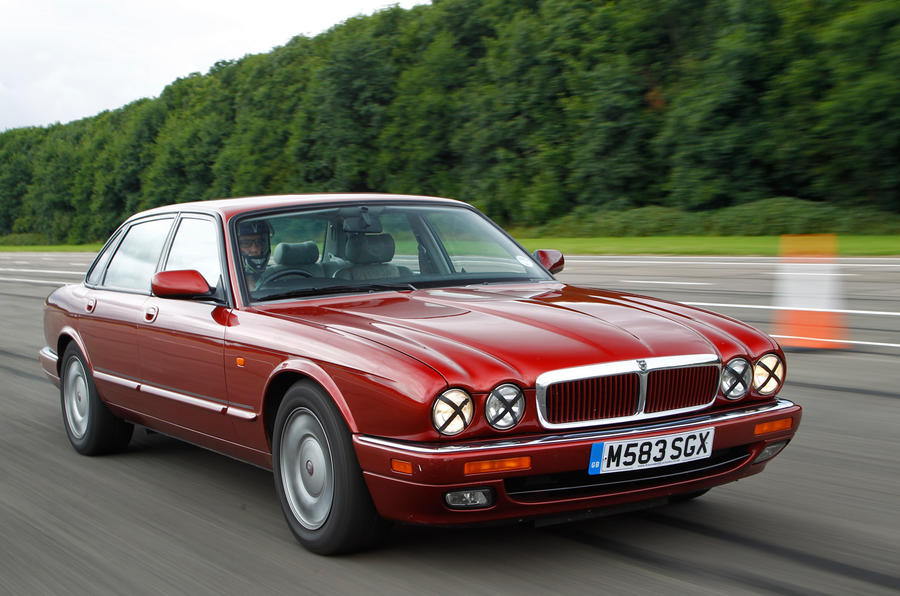

























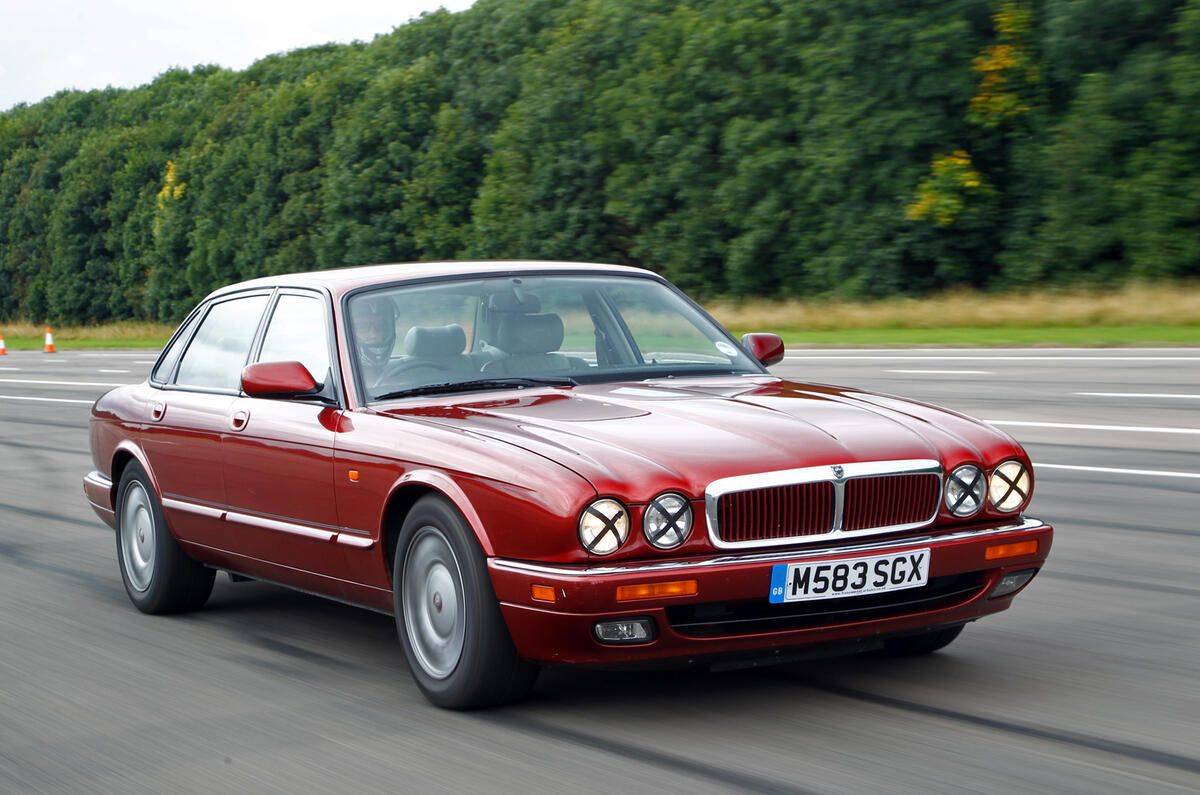




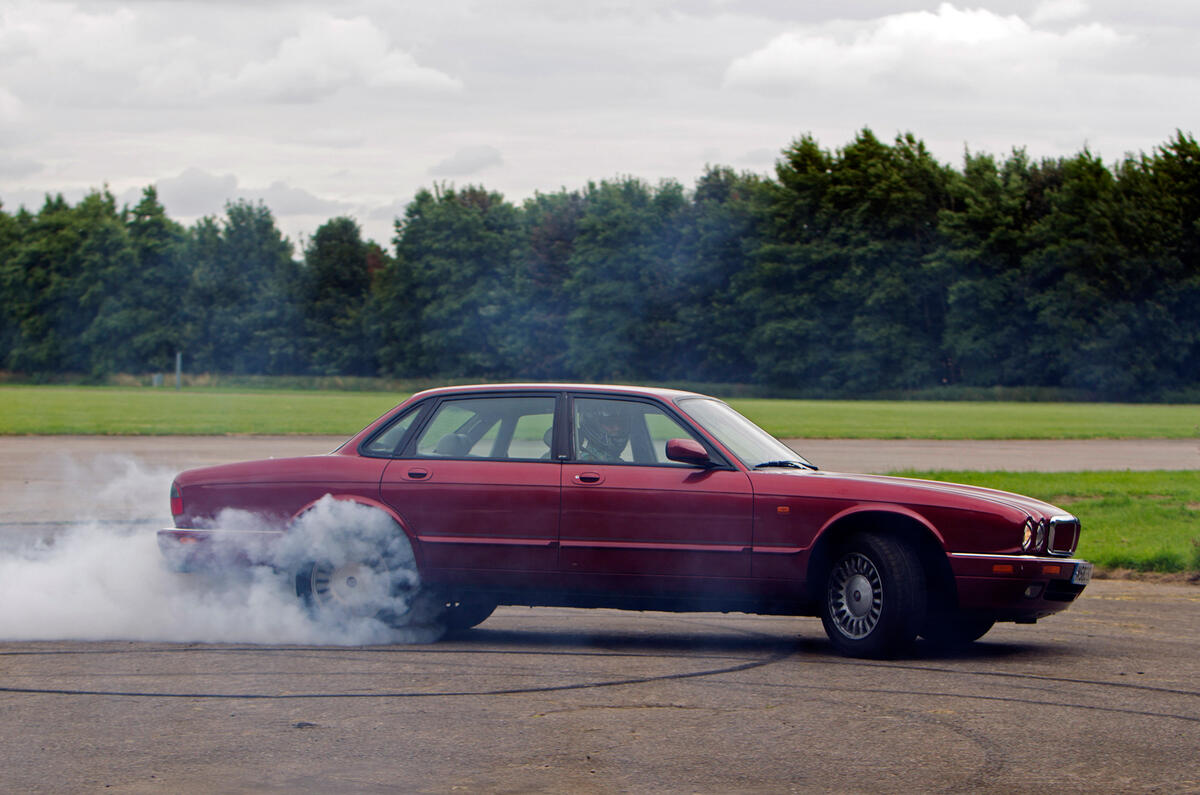













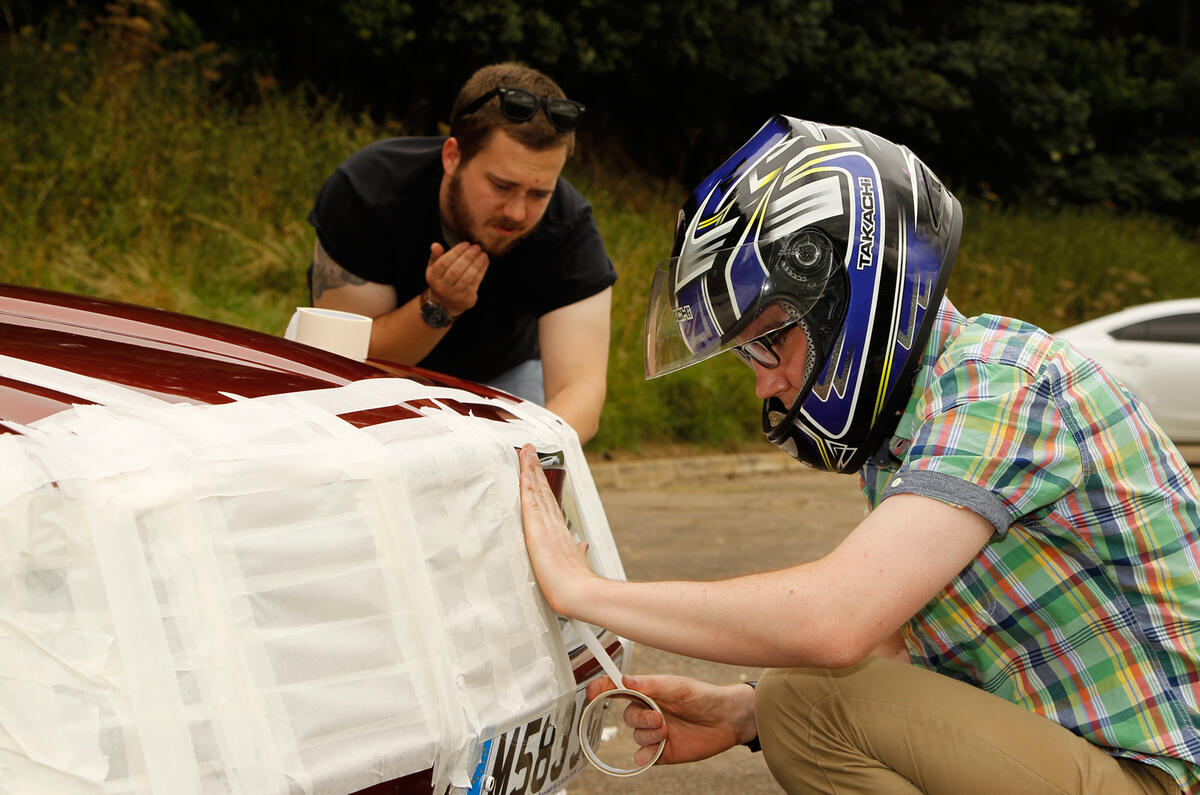








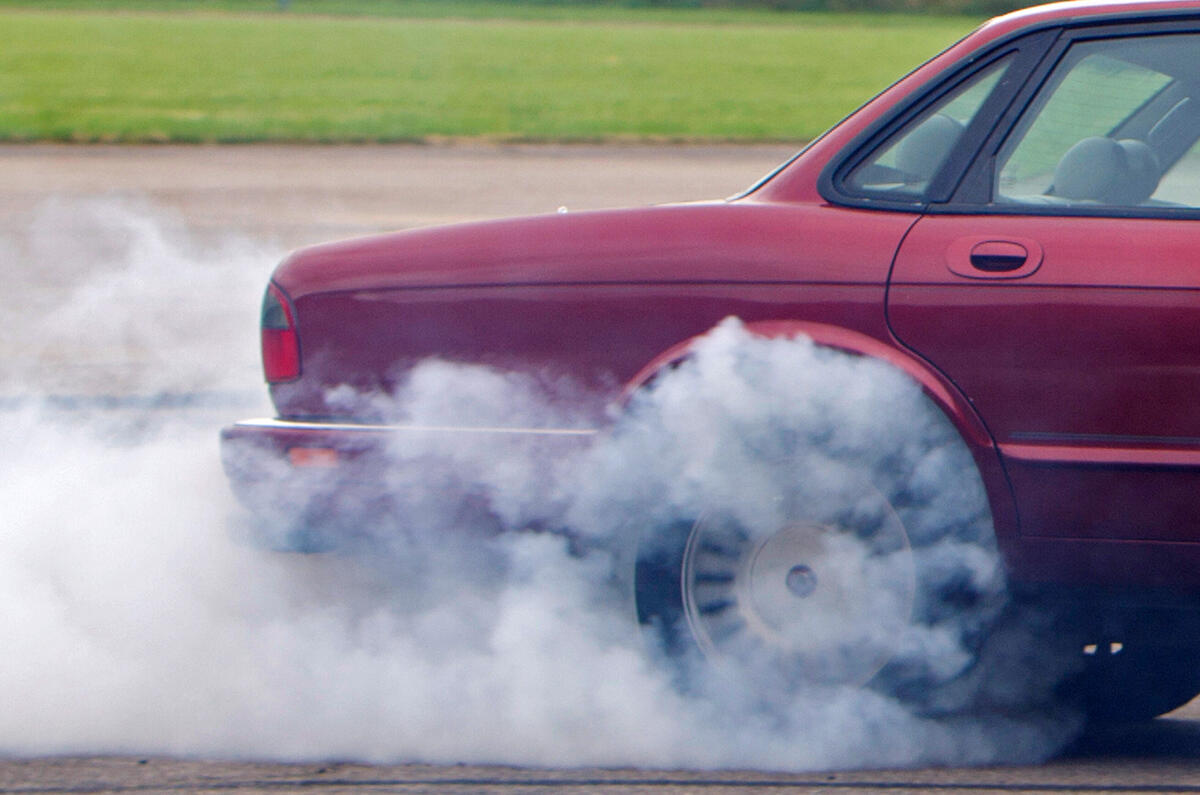



































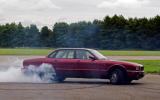






























Join the debate
Add your comment
enjoy driving it while you can
just enjoy driving that straight 6 beauty. add BG44K to clear out the carbon and enjoy the silky ride. that's the best XJ they made before going down the aluminium route, heavy, thirsty but limo quality ride. like Artill says use it as your long term test and report back to us how it went, how it made you feel (did you feel you were a gangster from Hackney or a pub land lord :-D) and is buying a 2nd hand car like a jag a good deal worth going for because I wish i could....just strapped for cash at the mo
Refreshing
This is a great article. Thanks!
Wrong car!
Interesting article and a shame that the 150mph was not achieved. Perhaps Lewis just chose the wrong car? The original Saab 9000 2.3 Turbo launched in 1991 had a speedometer that went up to 140mph but the early cars would go off the end of the speedo ( allegedly !) and achieve 150mph. Would also have fitted the budget if able to find one? Not sure if a 22 year old example would still achieve this though and a longer run way would probably have been needed to stop it at the end!